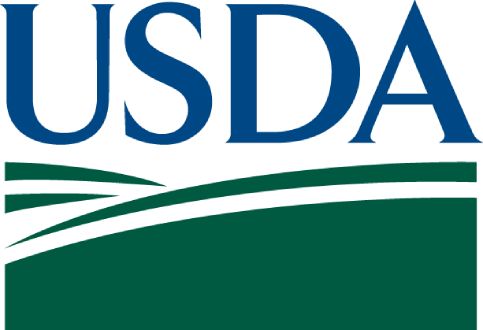Year 2 Demonstration Impacts of Using Medicaid Data to Directly Certify Students for Free School Meals

Key Findings:
- In some demonstration States, DC-M positively affected certification outcomes and the percentage of meals served for free, but not the overall participation rate. In other words, for some States in the study sample, DC-M successfully reduced reliance on school meal applications and increased the proportion of students receiving free meals, although it did not affect the number of meals served overall. These increases resulted in additional Federal reimbursements in some States. However, there was no impact on district costs for certifying students. State DC-M administrative costs varied widely, but the per-student costs were low even in the highest cost states, and a large majority of the costs were start-up costs rather than ongoing costs.
The Direct Certification with Medicaid (DC-M) demonstration added Medicaid to the list of programs used to directly certify students for free school meals. The evaluation compared districts randomly assigned to either conduct DC-M or use normal certification procedures to examine whether DC-M leads to changes in the percentage of students certified, the number of meals served, Federal reimbursements, and certification costs incurred by districts. It also assessed State-level administrative costs and identified the challenges that States and districts faced when implementing DC-M. This report presents findings from the second year of the demonstration, school year 2013-2014.
The impact findings for this study are internally valid estimates of the impact of DC-M for the participating evaluation districts in the participating States. However, this study was not intended to be nationally representative; study States and districts differ in important ways from States and districts nationally. Therefore, the findings cannot be generalized more broadly and interpreted as the effects that would be anticipated from an expansion of DC-M to a broader (or otherwise different) set of States and districts.
How do you apply evidence?
Take our quick four-question survey to help us curate evidence and insights that serve you.
Take our survey
